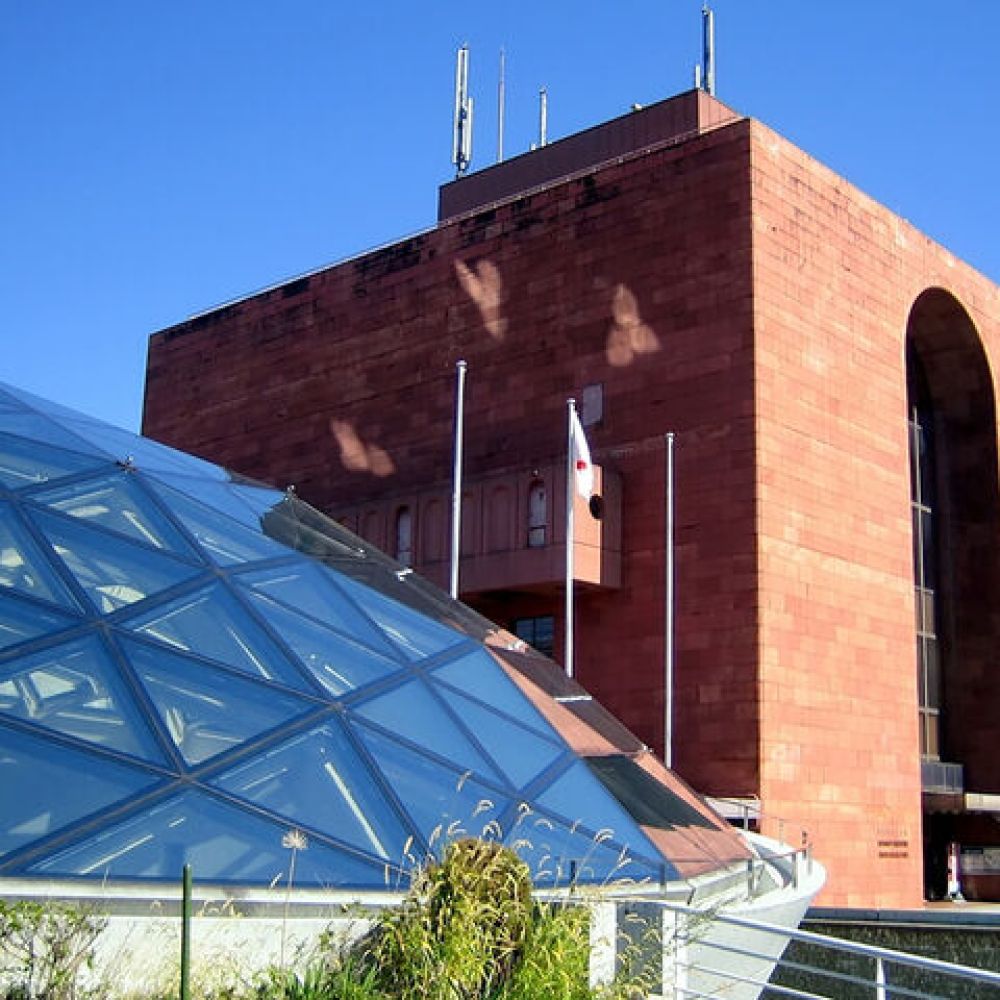Food History of Atomic Bomb Museum, Nagasaki, Japan
The Atomic Bomb Museum in Nagasaki does not specifically focus on the culinary history of the region, as its main purpose is to educate about the atomic bombing that occurred in Nagasaki on August 9, 1945, and promote peace and nuclear disarmaintenance. However, Nagasaki itself is rich in food history, with a culinary tradition heavily influenced by foreign trade and cultural exchange.
Nagasaki was historically an important port city, the only place open for trade with foreigners during Japan’s period of isolation. As a result, Nagasaki cuisine, known as "Nagasaki Washoku," has unique flavors combining Japanese, Chinese, and European influences. Dishes often feature seafood and local produce, shaped by the city’s cosmopolitan past and the effects of historical events such as the atomic bomb.
Must Try Top 10 Food Dishes in Nagasaki for Tourists
- Champon (Non-Veg) - A hearty noodle dish made with seafood, meat, and vegetables, served in a rich broth. It originated from Chinese cuisine and was adapted to Japanese tastes in Nagasaki.
- Sara Udon (Can be Veg or Non-Veg) - Crispy thin noodles topped with a flavorful sauce with seafood or vegetables. Vegetarian options are usually available.
- Kakuni Manju (Non-Veg) - Steamed buns filled with sweet and savory braised pork belly. Options without pork include sweet bean or custard flavors for a meatless choice.
- Castella (Veg) - A popular Japanese sponge cake of Portuguese origin, known for its light and airy texture, sweetly enjoyed as a snack or dessert.
- Shippoku Ryori (Can be Veg or Non-Veg) - A traditional Japanese banquet style that includes a variety of small dishes served on a large round table, originally blending Chinese, European, and Japanese influences.
- Mogushi Pork - A tender and flavorful slow-cooked dish typically using various cuts of pork except cow. It's served in slices and can be found in many traditional restaurants.
- Turk Rice (Non-Veg) - A unique Nagasaki dish consisting of a pork cutlet, served over rice with curry sauce and spaghetti. It reflects the international influences on the city’s cuisine.
- Nagasaki Aged Sweets (Veg) - Traditional confectioneries that have been aged to improve the flavor, with many vegetarian-friendly options including karukan, a steamed cake made from yams.
- Kujira (Whale) Sashimi (Non-Veg) - Whale meat is a controversial but traditional part of Nagasaki's culinary history, often served as sashimi.
- Tori-meshi (Non-Veg) - A rice dish topped with flavorful chicken, commonly found in Nagasaki, which showcases the local preference for poultry instead of cow meat.
Top Famous Restaurants in Nagasaki
- Shikairo
- Address: 4-5 Matsugae-machi, Nagasaki, 850-0921
- Famous Food: Champon (Non-Veg)
- Yossou
- Address: 7-9 Kajiya-machi, Nagasaki, 850-0831
- Famous Food: Kakuni Manju (Non-Veg)
- Iwasaki Honpo
- Address: 1-1 Funadaikumachi, Nagasaki, 850-0905
- Famous Food: Castella (Veg)
- Kagetsu
- Address: 2-1 Maruyamamachi, Nagasaki, 850-0902
- Famous Food: Shippoku Ryori (Can be Veg or Non-Veg)
- Garcon Ken
- Address: 9-6 Hamamachi, Nagasaki, 850-0853
- Famous Food: Turk Rice (Non-Veg)
While visiting the Atomic Bomb Museum, these food recommendations serve as a culinary guide to understanding and enjoying Nagasaki's rich and diverse culinary heritage outside of the museum experience.

